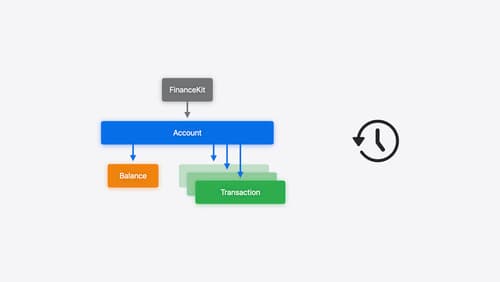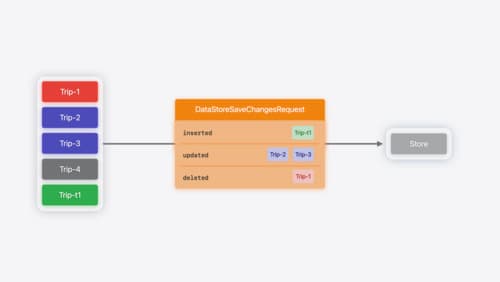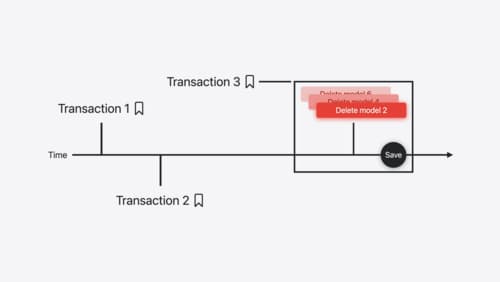scenestorage state restoration
Asked on 2024-08-05
1 search
To understand state restoration with SceneStorage in the context of WWDC, you might find the following sessions particularly relevant:
-
Create a custom data store with SwiftData:
- This session covers how to create and manage custom data stores using SwiftData, which includes handling persistent models and snapshots. This is crucial for understanding how to save and restore state in your app.
-
Track model changes with SwiftData history:
- This session discusses how to track changes in your data store over time, which is essential for state restoration. It also covers how to implement history support in custom data stores, which can be useful for restoring state after app relaunches.
For more detailed information on how to implement these concepts, you can refer to the specific chapters within these sessions:
-
Create a custom data store with SwiftData:
-
Track model changes with SwiftData history:
These chapters will provide you with a comprehensive understanding of how to manage and restore state using SwiftData and custom data stores.

Meet FinanceKit
Learn how FinanceKit lets your financial management apps seamlessly and securely share on-device data from Apple Cash, Apple Card, and more, with user consent and control. Find out how to request one-time and ongoing access to accounts, transactions, and balances — and how to build great experiences for iOS and iPadOS.

Create a custom data store with SwiftData
Combine the power of SwiftData’s expressive, declarative modeling API with your own persistence backend. Learn how to build a custom data store and explore how to progressively add persistence features in your app. To get the most out of this session, watch “Meet SwiftData” and “Model your schema with SwiftData” from WWDC23.

Track model changes with SwiftData history
Reveal the history of your model’s changes with SwiftData! Use the history API to understand when data store changes occurred, and learn how to use this information to build features like remote server sync and out-of-process change handing in your app. We’ll also cover how you can build support for the history API into a custom data store.
